Breaking Up With Your Site's Design

Breaking up is hard to do, especially when it's with your website.
After all, it is more than just a random digital property; it's a place that you visit every day. You have watched it both flourish and struggle, and you have a whole lot more invested in it than just time and money. Simply thinking about throwing all of that away feels like a punch to the gut. Yet, all good things eventually come to an end.
Your business has grown and has new needs that your current website just isn't capable of fulfilling. Plus, you'll always have the memories. But how can you be positive that it is time to dump your site's old design in favor of something new?
Red Flags
There are numerous indicators that signal it is time for a redesign, but for concrete evidence, it is best to look to your analytics. Slow load times, high bounce rates, a gradual decline in website traffic, lackluster engagement metrics or even an uptick in visitor complaints are all good signs that your digital business could benefit from a visual change.
Online studying platform StudyBlue, for example, knew that it was time to part ways with its old site after it became cluttered with features and the objective was no longer obvious to site visitors.
"As we've added and removed features from the core product over three years, the site has changed," said Christopher Klundt, co-founder and president of StudyBlue. "A redesign is important to make sure our narrative remains clear and simple."
In addition to establishing a clearer message for its new site, StudyBlue knew that a redesign would allow the learning platform to offer a streamlined experience across devices to its audience, which is essential in today's marketplace.
"The redesign is focused on aligning the experience of studying on the Web, studying on a tablet and studying on mobile," Klundt continued. "We're evolving the Web app look and feel to reflect our mobile and tablet strengths, because we want users to encounter a similar experience whether they're creating study materials on a laptop or on a phone during a bus ride home."
While there is a laundry list of reasons that could indicate a site is ready for a redesign, the key is to identify the most pressing issues, as StudyBlue did, so they can be dealt with during the rebuilding process. Otherwise, you stand to face the same problems once the new site is live. But just because the decision has been made to go in a new direction, doesn't mean you must lose everything you and your old site worked toward.
Holding On
Unlike real-life breakups, it is important to hold onto parts of the past when you breakup with your website. This is especially true for established sites with loyal followings, as throwing away a fan-favorite feature may frustrate your audience and discourage them from visiting again. In fact, finding a balance between new and old is a struggle StudyBlue faced during its redesign process.
"Maintaining an old codebase and integrating it with a new one is like dropping a Ferrari engine into a Fiat, so that's been the biggest challenge so far," said Klundt. "Then, there's the basic challenge of balancing old and new. We want to make sure we address and improve upon usability concerns from our current site, without disrupting users' familiarity and love for the app."
While StudyBlue is still working on finding that balance eight months into its redesign process, mobile payments platform Flint is leveraging testing to fine-tune its newly designed site.
"Balancing different aspects of the website, such as brand messaging, feature content and user conversion required some iteration and we'll continue to test to find the right balance," said Greg Goldfarb, CEO and co-founder of Flint.
What are the Top Ecommerce Redesign Challenges?
Find out how product pages, shopping carts and navigation are influencing the modern buyer's experience.
It took about two months for Flint's design team to launch its new site (image B), which is actually a pretty fast turnaround. The mobile payments company streamlined the conversion process on its new site by prominently displaying its sign-up form on its landing page. This form enables visitors to take immediate action, unlike the old site (image A), which required visitors to click "Get Started" before they could even view the registration form.
Going Public
Revealing a brand's new website to the general public actually represents the very beginning of a project. Regular testing and monitoring analytics are required to ensure your new digital property reaches its goals going forward.
For instance, if the initial goal of the redesign was to increase traffic, it is important to monitor this metric once the site has gone live. The same is true of other key performance indicators, such as conversions and engagement. You can also consider implementing a solution like Usabilla to learn how the new site is resonating with your audience. The Usabilla platform enables websites to collect both qualitative and quantitative feedback from their visitors through surveys and A/B testing. It is important to note, however, that some initial feedback may be negative, as loyal visitors might feel overwhelmed upon arriving at a completely different site.
In the end, the optimization period of a redesign is a continuous process. By testing new features and monitoring customer feedback, however, your new site will be able to evolve with consumer preferences, which means you won't have to deal with another gut-wrenching breakup anytime soon.



Subscribe to Our Newsletter!
Latest in Web Design









